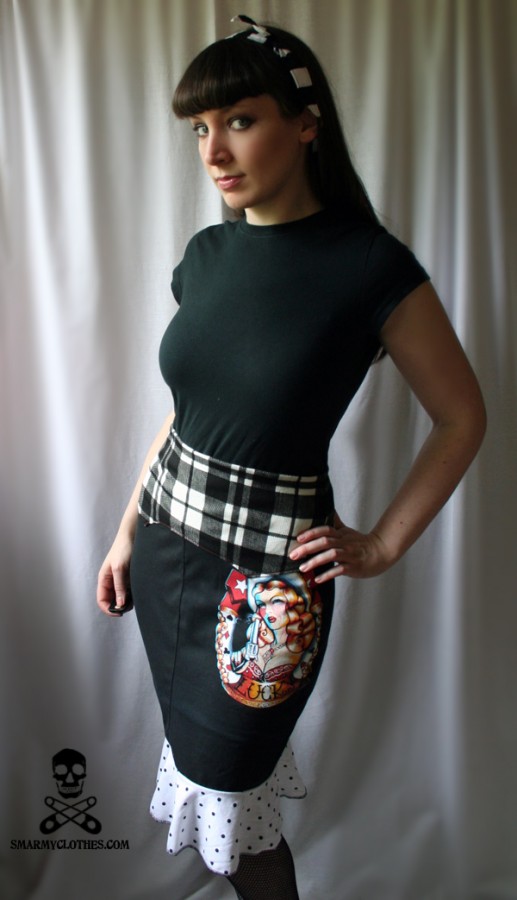How to Sew Ruffle Butt Undies
I finally got this tutorial uploaded to Youtube without problems. YAY!
This two part tutorial will show you how to make a damn cute pair of ruffle butt underwear. (Or plain butt underwear if you’re not feeling ruffly. But ruffles are fun, so don’t neglect the ruffles.)
Thank you to rufflefabric.com for providing the ruffle fabric. Check out their site, it’s like a candy store for us fabric fiends!
If you want to skip the pattern drafting part, check out the Cheeky Bikini undies pattern in the WhatTheCraft shop!
Don’t forget to subscribe to my YouTube channel! I have a crap ton of tutorials on the way (including drafting your own custom tube dress pattern, no-sew hair bows, sewing and hemming knits without a serger, making homemade limoncello and vanilla extract, and more)!
And if you have any tutorial requests, leave me a comment!
Part 1:
Part 2:
This tutorial was filmed using a Creative Labs Vado HD Digital Video Camera, a Canon Rebel (for still shots), and edited in Sony Vegas Movie Studio.











